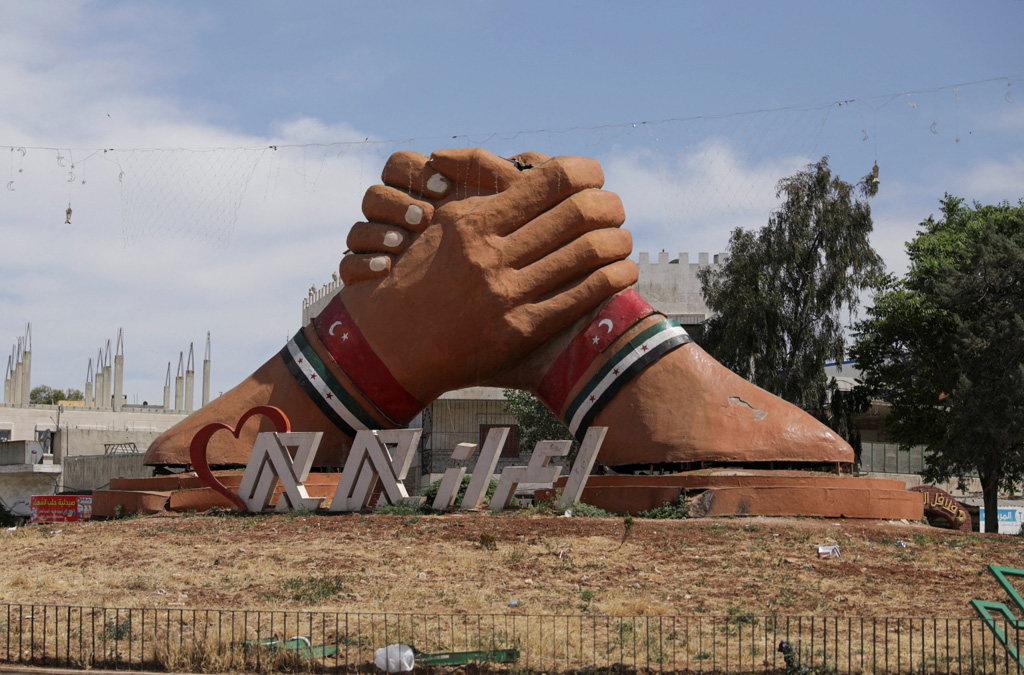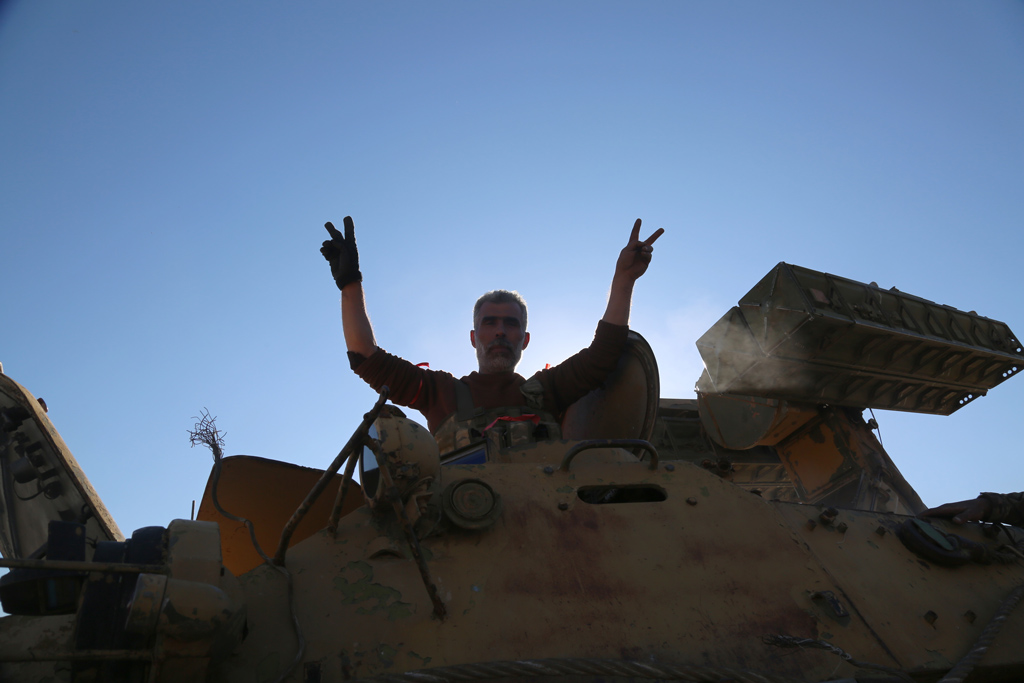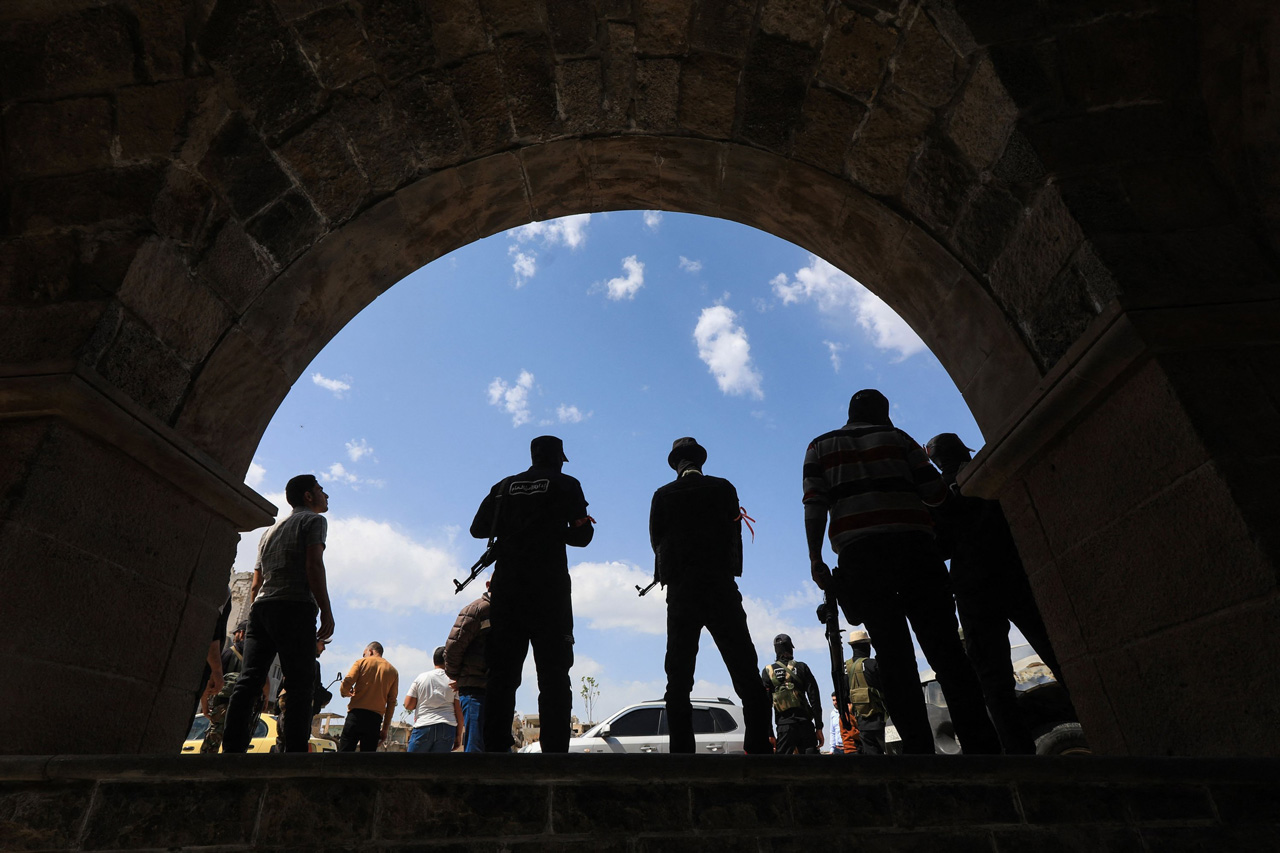Reactions to the new Protest Law prepared by the Egyptian government and approved by the interim President Adly Mansour increase day by day.
The first of the activities led by the April 6 Movement was held in front of the Majlis al Shura (the Consultation Council) last week. Following the brute force of the police and the detention of a group of activists, the Egyptian media for the first time has begun to severely criticize the government and the Ministry of Interior Affairs.
The daughter of the veteran TV presenter Mahmoud Saad was also among the detainees. During a televised debate hosted by Saad and broadcast on the Nahar TV, Saad asked Wahid Hamid, the scriptwriter of the television drama series al Gama’a about the Muslim Brotherhood (Ikhwan), repeatedly, “Who is ruling Egypt?”. Wahid Hamid had joined the program on the phone and in his reply said, “Do you want me to say that the military rules Egypt?” As Hamid, known for his opposition to the Ikhwan, said that the youth are given money by external powers, Saad objected him; therefore, a heated debate has begun.
WHO IS BEHIND AL AZHAR INCIDENTS?
The Egyptian media, which has been unwilling to bring the developments - even blacking out and twisting them – to attention for four months, has started to discuss the protests of a bunch of youngsters and put them on the agenda. The reason is that these groups who set off the January 25 Revolution in Egypt consist of liberal, leftist, secular groups who have their education in private schools and in English, and the children of the families who are above average in terms of their education and income levels.
In fact, the process had started with the murder of a student from the school of medicine following an intervention in the dormitory of al Azhar University. Students took action when an engineering student from the Cairo University died on campus due to three pellets fired from a four-caliber gun. The statement of the Ministry of Interior Affairs on the subject was attention-grabbing. The police did not intervene in campus and the attack must have been committed by the axemen, it was asserted in the statement.
The students gathering at Cairo University first booed the president of the university when the president visited the scene of demonstration, and they marched to Tahrir Square afterwards. Police used a fire hose against the students who arrived at the square after about a five-kilometer walk. The police then fired tear gas at demonstrators and emptied the square.
The visual and printed media justified the intervention as “The Ikhwan supporters infiltrated among students”. Al Yawm as Sabi daily reported “The Ikhwan administration ordered its 20-30 age-group members to go to Tahrir Square to help out the students from Cairo University.” The daily also claimed that the Ikhwan had intentions to take advantage of the situation. Other media organs, in general, approached the intervention in a similar fashion.
In the protest broadcast live, some students were wearing t-shirts with the Rabia sign. For this reason, it was asserted that the reason for the intervention was the students affiliated with Ikhwan.
The “Third Square Movement” that had emerged during the period of the Rabia and En Nahda protests also opposes the Protest Law. The movement had asked for support for the young protestors, but did not want them to carry - Rabia signs. There is a possibility that members of the movement provided support to the students at Tahrir Square.
A NEW CRISIS IN NOVEMBER AGAIN?
The developments of the last two weeks in Egypt remind the period following the issuance of the Constitution Declaration by Morsi in November 2012. Soon after he took office, Morsi managed to send the Supreme Military Council back to military barracks; but faced major reactions due to the declaration. Within this period, almost all of the youth who cooperated with Ikhwan during the January 25 Revolution









